Winters normally means less flying and there are several obvious reasons for just that. The main reason is the lack of daylight up here in my neck of the woods. In December we only have six, seven hours of daylight. So it’s dark when I leave for work and dark when I return.
Weather is also to be considered. Winters mean snow or .. of lately … rain and petty conditions.
But when things come out right, I really enjoy flying on a crisp winters day when a thick layer of that white and fluffy stuff is covering the ground when that low, pale winter sun throws it’s white beams towards you while you’re doing a perfect tip drag across a snowy field. That’s AoxomoxoA!
However, if being cooped up indoors for some time, I have something for you while preparing for the warmer season. How about eight tips to score better on the sport kite field … without flying?!
1 – Identify your weaknesses – and work on them!
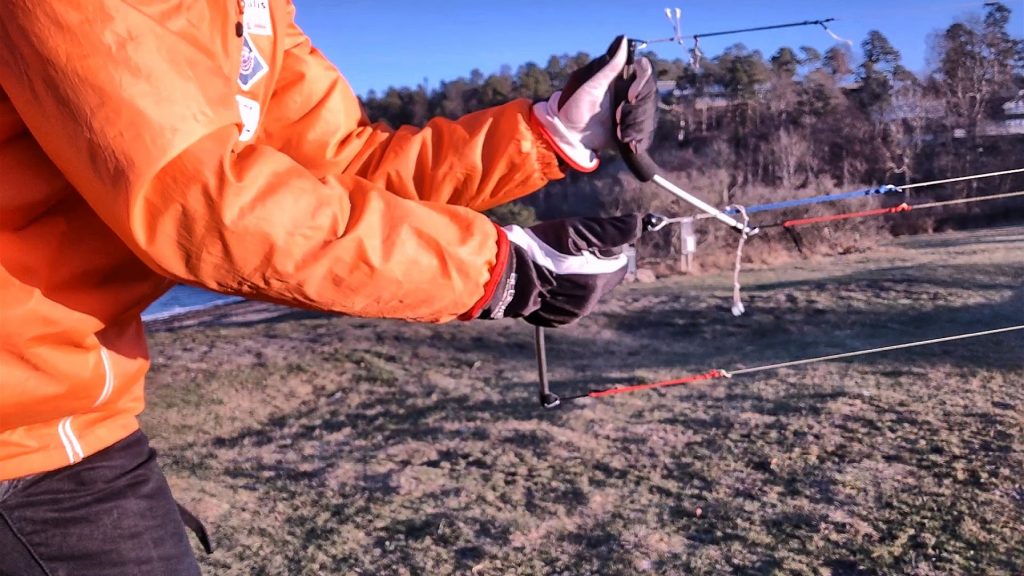
We all have our weaknesses … or I would rather call them “areas to improve” because that has a more positive tone. Anyway, identify them and make a plan on how to improve!
Here are a couple of examples.
I’m left-handed, so I used to suck popping 540’ies with my right hand. I mean, I really sucked. Popping them with my left hand however soon became second nature, but I really struggled when mirroring that trick. So I had no problem identifying this weakness of mine.
I also found that my ninety degrees snap turns to the left were not as sharp as those to the right. Another weakness identified, another weakness to work on, another area to improve.
So the next time you’re back home from the flying field, go through the day in your mind and try to find a few examples of what flying skills you might improve. Make sure to note them down and make your priority list. Select the first one or two of them to start with and make a plan on how you want to go about to improve on them.
Now you know what to do next time you go flying!
2 – Kite Maintenance
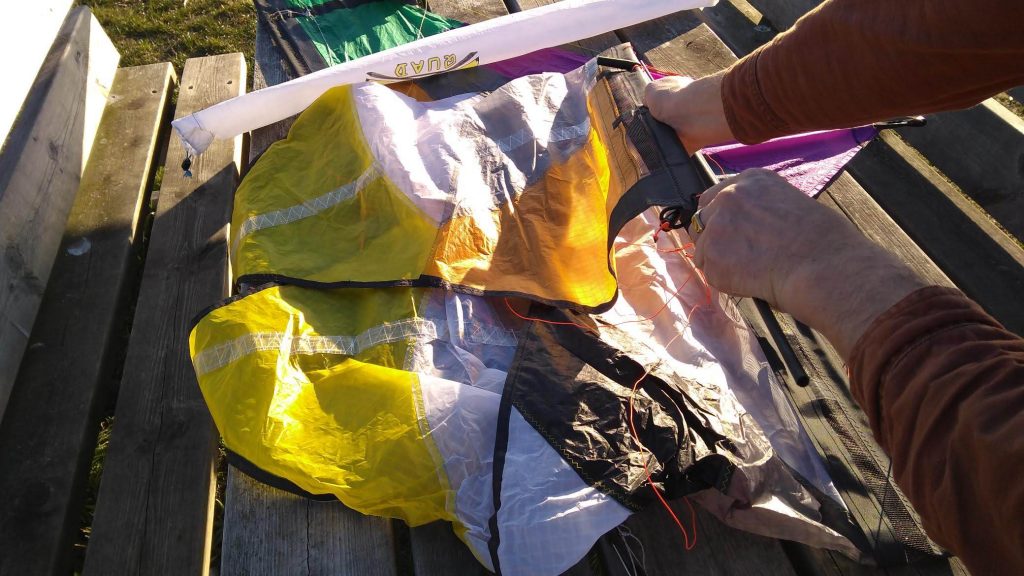
Kite maintenance is another key success factor. If you’re like me you don’t baby your kite when flying. You put them through a good beating, and over time, this will wear your kite. It’s pretty frustrating to hit the field and find that there’s something wrong with (one of) your kite(s).
So make a habit of going over all your kites on a regular basis. Look for bridle wear and tears or other sail wear. Take a thorough look at all the leading edge pockets, fittings, standoffs and yo-yo stoppers. You should also remove and inspect all rods and look for wear or cracks.
While you’re at it, roll out your flying lines and check for wear too and let them have their dose of silicon to minimise friction.
And of course, you repair or replace whatever is broken. I promise you that will save you frustration on the field.
3 – Stick practice
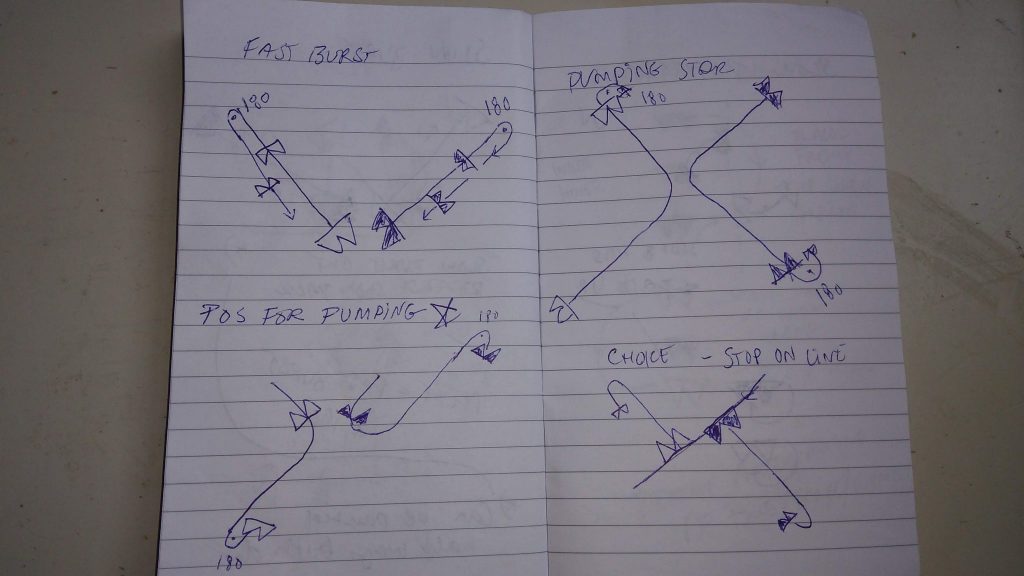
So you thought stick practice was just for team flying? Well, that’s not quite so, at least not for me!
I use a combination of stick and finger practice when memorizing a routine, because for me that works really well. When I have the routine all down, the stick (or finger) practice starts and I go through the routine over and over and over again.
After some practice, the routine starts to build in your memory and it will become so much easier to ‘convert’ it into flying!
Another great thing about this practice is that you can do it anywhere!
Unless you feel that embarrassment creeping up on you while doing strange moves with your fingers on the bus while being watched by fellow passengers!
4 – Make a plan … and stick to it

In most aspects of life, continuity is a key success factor for improvement! If you want to achieve success you will need to implement continuity in your work, in other words, you will need a plan! And you will need to stick to it!
Have a dream or a vision if that’s what you’d rather call it. Make it a bold one, something to fight for! Something that lies (well) into the future.
Then you set your goals accordingly. Put a timestamp on them as well so you have a schedule for when to achieve them.
Find out what you will have to do to achieve your goals, what are your tasks, what should you practice, how should you practice, when should you practice and so on. And make sure to set a few milestones along the way. They are indicators that you are on the right path!
But what happens if you for some reason are unable to get to that milestone? Well, at least you know where you are, and after some evaluation, you should adjust your plan. Have you got the milestones right? Are you practising the right tasks? Are you moving too slow or too quick? Find out and adjust accordingly!
5 – Work your mindset (intentional flying)

I don’t know about you folks, but I tend to let my mind just go with the flow and the music in my ears and do whatever comes naturally! Yes, I often go to the field with a Plan A, but for some reason that Plan A seems to kind of … vanish when I start flying. I soon hit freestyle mode!
Sounds familiar, eh?!
I guess you might call this a weakness of mine, that needs to be improved, and so I did by starting to work my mindset. I decided to be more specific about Plan A, to really go through what my main goal for that specific flying session should be. I also decided that most of my flying sessions should follow some kind of structure:
Read the conditions and pick the right kite and lineset
Do some warm-up flying fly a more or less pre-defined pattern to get a feel for the wind window, the kite and get my body going
Practice Plan A!!!
…and then, Chill out!
Practice this until it becomes a habit and I can pretty much guarantee your flying will improve!
6 – Key elements and difficult passages
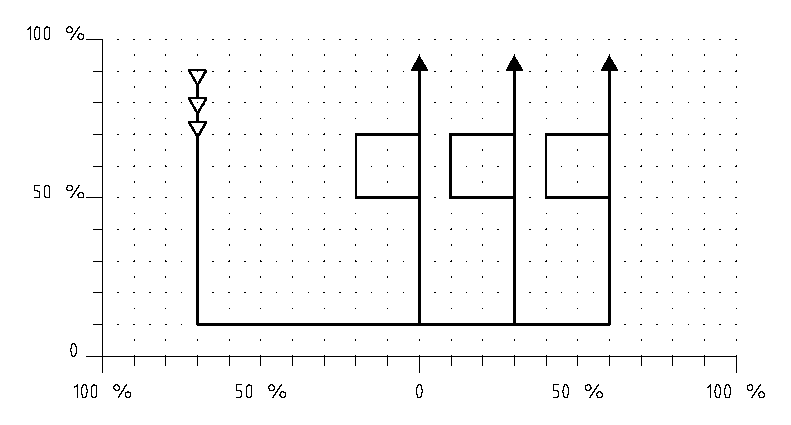
In all routines, you have several technically difficult sections. In order to get a high score, you will need to pay a little extra attention to these key elements.
Here is a quote from the STACK rulebook on scoring factors for the compulsory Lazy Eight for quad lined kites:
- Symmetry of infinity figure – 30%
- Correct size of the figure – 30%
- Constant speed, while flying infinity – 20%
- Place in the wind-window – 20%
STACK has made it easy for you by defining the key elements (scoring factors) for the compulsory. These are the elements you definitely should know about and focus on both when preparing for and flying the compulsory.
All compulsories in the STACK rulebook have specified scoring factors – key elements – and this is invaluable information for your approach to flying. Make sure to know the key elements for each and every compulsory you’re practising and this will leapfrog your performance!
You will also need to identify and address other issues you discover when flying. Like when I do the Snakes Down in my pairs routine (31 seconds into this video), I really have to have in mind that it’s very easy to drop down too down in the first (and partly the second) downturn. A too-large downturn means the horizontal trajectories will be squeezed together and the proportions will be wrong.
If you record your practice on video, such issues are much easier to find compared to when you’re actually flying them. So why not make a habit of filming (at least some of) your flying and study it – looking for these issues – in the comfort in front of your screen!
You can even have a cup of coffee while watching!
http://iku.kitesonlines.org/comptabel4.html
7- If you’re into music, know your tune well

Pay attention to the music you select for your ballet. Look for diversity, a good mix of tempo variations, dynamics and punctuations.
Diversity is a key success factor in any ballet. Your kite is supposed to interpret the music, and if your music is dynamic; including up-tempo parts, low tempo parts, interesting bridges, significant punctuations and so on, you will have a lot to work with! And your flying will have that diversity as well.
You know, speeding up in the up-tempo parts, slowing down in the low tempo parts and really visualise the punctuations! There’s nothing as dramatic as a perfectly executed snap stall, right on cue in the middle of the wind window! Bang!
There are loads of music that you can use. And when you have made your choice, make sure that you:
ENJOY your music, ‘cause you’re gonna listen to it a LOT!
KNOW your music, so you know what to fly when!
There are quite a few ballet videos on Youtube if you need inspiration!
8 – Intentional flying
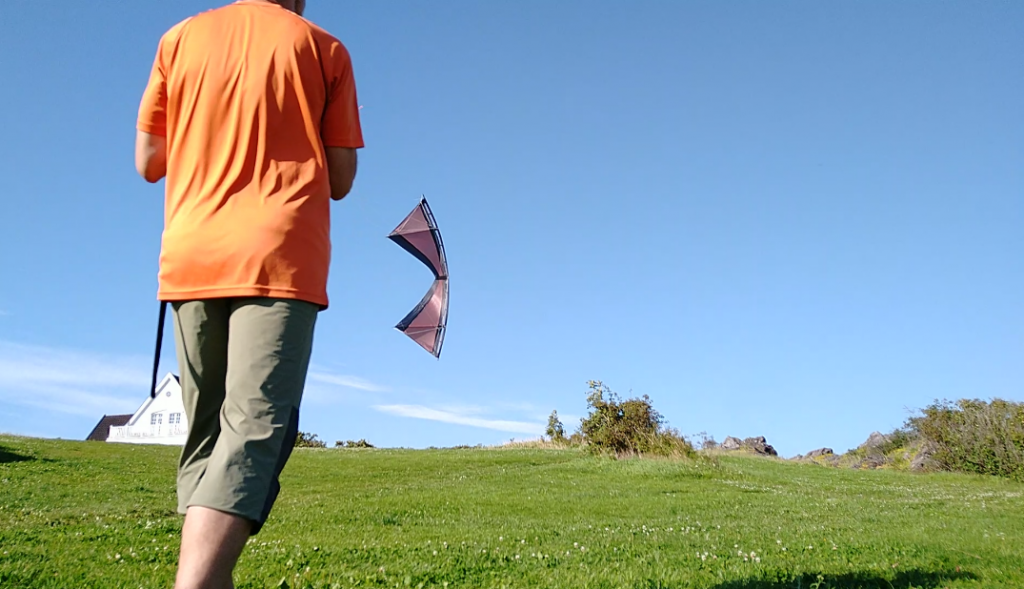
Intentional flying differs quite a bit from freestyle flying when you just fly whatever comes naturally. Intentional flying means that that Axel is going to happen right on cue and in the correct coordinates in the wind window. Or the spacing between the (team)kites must be the same for the whole of the trajectory. Or that figure of eight consists of two half circles – the same size of course – connected with two diagonal lines crossing exactly in the middle of the wind window.
No coincidences! And to make this happen, you must prepare for your flying. When you know exactly when and where to tit that Axel, you must plan your flying (prior to the execution of it). What’s the best approach to nail it flawlessly, how should I set up the kite, will the execution of the trick be enhanced by moving on the ground, how should I fly ‘into’ the trick?
Actually quite far from freestyle flying when you just pop that Axel when your kite just happens to be in a good position to pop it. Intentional flying means you must take control of the kite so you fly your kite so it’s in the right position at the right time.
So intentional flying means you are in control of the kite, not the kite in control of you!
Bonus tip! – Get a copy of and read Ron Reich’s book “Kite Precision”

Finally, I’d advise you to get hold of a copy of the excellent book “Kite Precision” by Ron Reich. Yes, it does have a few years on its back, but it’s still loaded with heaps of useful information that will improve your flying. The book will also help you get a higher understanding of the theoretical aspects of flying, at least so it did for me!
I’ve read this book from cover to cover several times and I regularly get back to it for reference. This book should sit on your bedside table!
So…. Now you know what to do when conditions doesn’t cater for quality kite flying!




